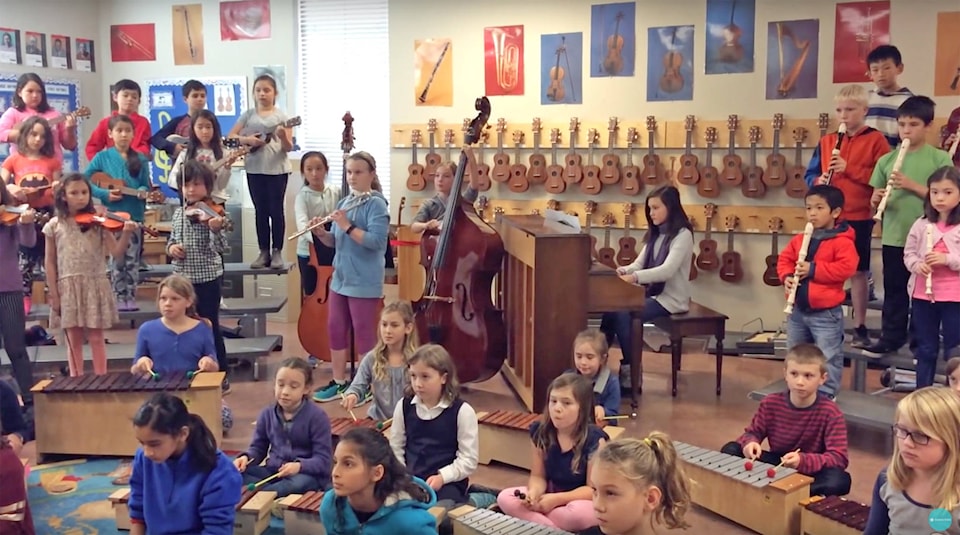The practice of Greater Victoria students using grandma’s address to attend an out-of-catchment school are coming to an end.
A set of strict new rules around proof of residency for students was announced by the Greater Victoria School District 61 this week to protect those students registering for their catchment schools, starting with the 2018-19 school year. The new rules demand a higher level of scrutiny over student addresses for the parent-guardians, such as showing mortgage and insurance documents, or tenants needing to show their rental agreement.
It’s a series of measures that stem from a need to manage the coming increase in student enrolment, which is expected to jump by 2,000 over the next 10 years. Coupled with the Supreme Court’s ruling for smaller class sizes, the district sought to have a strategy in place to deal with situations such as Willows elementary, where catchment area families panicked and camped overnight to ensure their child’s enrolment.
“Where we were at in the past was more practice than process,” said SD61 superintendent Piet Langstraat. “Some people would ask for a utility bill or a driver’s licence, but in either case, they’re not great proof of residency, as with a driver’s licence you can actually get whatever address you want, they don’t check.”
Declining enrolment in recent years meant that showing proof of residency was unnecessary as the majority of SD61 schools had room (not including French immersion and other unique programs).
With the growing enrolment, SD61 found parents have falsified their addresses to enrol out-of-catchment and it’s become unfair to people who legitimately live in the neighbourhood, Langstraat added.
The Victoria Confederation of Parent Advisory Councils supports the proof of residency requirements and hopes they will reduce the ability to find loopholes or work-arounds, said president Audrey Smith.
“If we are going to call the schools ‘neighbourhood schools’ then we should make spaces available to neighbourhood students first, as long as programs of choice are available to everyone in an equitable manner,” Smith said. “The lengths some people would go to [falsify an address] were astonishing.”
Parents asked that there be some way to ensure students actually living within the catchment area get placement before students living out of catchment.
Already this year, SD61 re-ranked its enrolment priority as follows: re-enrolling students, a catchment area sibling, a catchment area child, a non-catchment sibling, a non-catchment child, and lastly a non-school district child.
Students enrolling out-of-catchment is rarely controversial. If it is, it’s often when student-athletes have enrolled at a school with a strong sports reputation. There are quietly dozens of students who go out-of-catchment, or district, for academic reasons such as the arts or flex programs.
However, it happens at all levels, not just high school, and the proof is in the parent-organized play dates between elementary students, Smith said.
“Parents [knew] who was not living in the boundaries because their children go to each other’s homes,” Smith said.
Parents or guardians who are homeowners will need to provide two of the following: a purchase agreement of the home, a recent property tax statement, homeowner’s insurance or a notice of assessment. There is some leeway for secondary ID, such as showing a Canadian bank or credit card, but not much.



